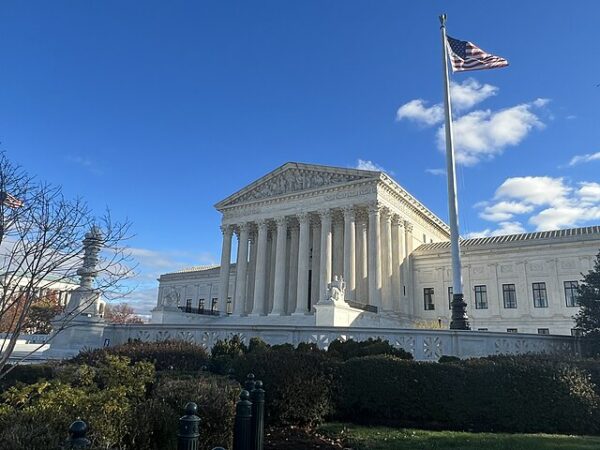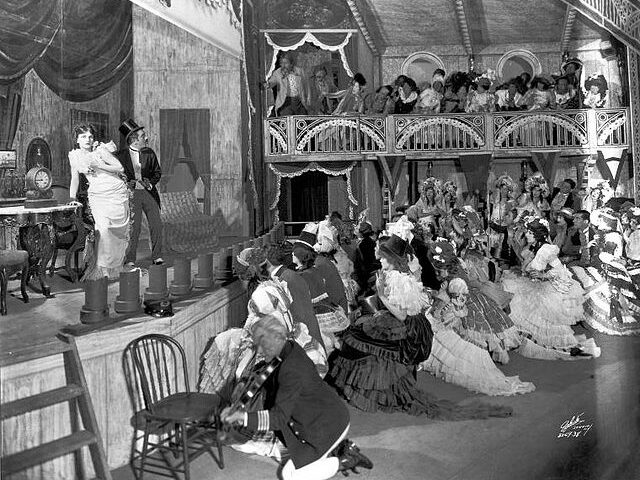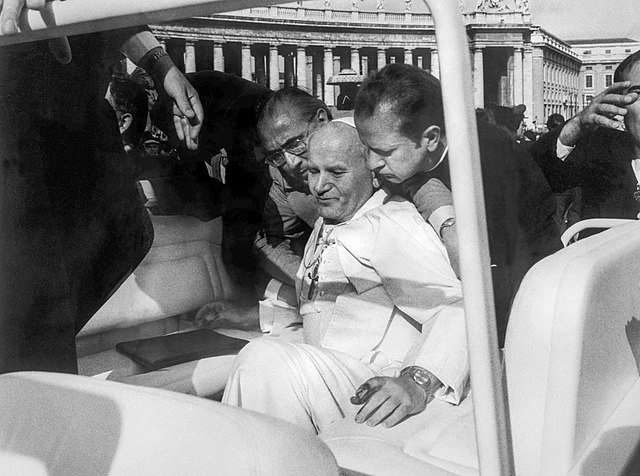On July 22, 1937, the United States Senate rejected one of the biggest power grabs in American history. During the 1930s, the United States faced the challenges caused by the Great Depression, and FDR sought carte blanche power to implement his New Deal policies to address the economic crisis. However, the Constitution stood in his way, and the Supreme Court struck down several key New Deal initiatives as unconstitutional. For New Dealers, that made the Supreme Court public enemy number 1.
In February of that year, President Franklin Roosevelt announced “a plan to expand the Supreme Court to as many as 15 judges, allegedly to make it more efficient. Critics immediately charged that Roosevelt was trying to ‘pack’ the court and thus neutralize Supreme Court justices hostile to his New Deal.
During the previous two years, the high court had struck down several key pieces of New Deal legislation on the grounds that the laws delegated an unconstitutional amount of authority to the executive branch and the federal government. Flushed with his landslide reelection in 1936, President Roosevelt issued a proposal in February 1937 to provide retirement at full pay for all members of the court over 70. If a justice refused to retire, an “assistant” with full voting rights was to be appointed, thus ensuring Roosevelt a liberal majority. Most Republicans and many Democrats in Congress opposed the so-called ‘court-packing’ plan,” writes The History Channel.
To the surprise of President Roosevelt, explains The Constitutional Rights Foundation, “his court-reform plan came under serious attack. The press soon began to refer to it as FDR’s “court-packing” scheme. The president was compared with Hitler in seeking dictatorial powers. Even some liberal New Deal Democrats in Congress voiced their reservations.
Supporters of the bill decided to concentrate their efforts in the Senate. Appearing before the Senate Judiciary Committee, Attorney General Cummings presented the administration’s case. “The proposed increase in the number of judges is not for the purpose of enslaving the judiciary,” he said. “The purpose is to rejuvenate the judicial machinery, to speed justice, and to give to the courts men of fresh outlook who will refrain from infringing upon the powers of Congress.”
But most of those testifying before the Judiciary Committee rejected FDR’s plan as little more than a cover to pack the Supreme Court with liberal justices. The plan, they claimed, would make the court more political, thus undermining its independence. Critics argued that since there were no age regulations placed on the president or members of Congress, there should be none on federal judges either. Others claimed that it was not the Supreme Court justices who were overturning Roosevelt’s New Deal laws, but the Constitution itself.
Perhaps the most persuasive witness before the Senate Judiciary Committee never appeared in person. This was Chief Justice Hughes who entered the political fray by submitting a letter that was read to the committee by Senator Burton K. Wheeler (D-Mont.). Hughes stated in his letter that the Supreme Court “is fully abreast of its work.” He rejected the notion that more justices would make the court more efficient. The chief justice argued, “There would be more judges to hear, more judges to confer, more judges to discuss, more judges to be convinced and to decide.”
Ultimately, FDR’s court-packing attempt failed in Congress. Despite his strong political influence, the opposition was successful in blocking the legislation. However, the incident had a lasting impact on the dynamics between the executive and judicial branches of the U.S. government. It remains a critical episode in American history, illustrating the complex and delicate balance of power within the nation’s governance system.






